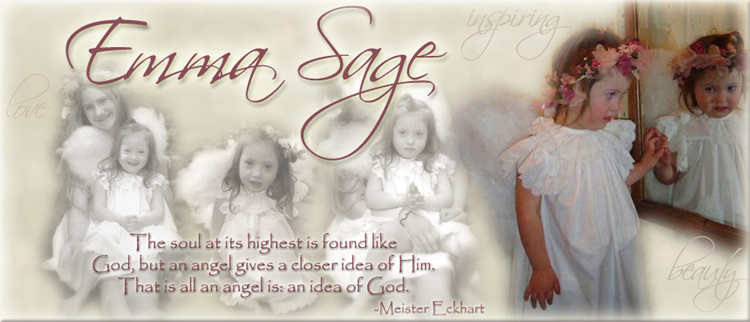An article in the TimesLeader
Down syndrome
One extra chromosome at the root
By Mark Guydish
Education Reporter
Do not underestimate Quinn Crispell as she blurts out “goo” for the glue used in making her paper bat. Do not consider this 4-year-old’s condition rare when you watch her walk with a wide gait and wider smile. Do not ignore her numerous life-long risks of health complications as she struggles to step up with her left leg onto a bench and plop a stuffed frog through a kid-size basketball hoop during therapy.
Don’t dismiss the importance of those therapies, which began almost from birth, and don’t assume her abilities will plateau someday as she struggles to learn things most children grasp instinctively.
Do not underestimate Down syndrome, or the people who have it.
Quinn is one of roughly 145,000 Pennsylvanians diagnosed at birth with Down syndrome every year. She is one of 210 Luzerne County residents currently receiving therapies and assistance through the county Mental Health/Mental Retardation office, at a cost of roughly $600,000 this year. Much of that goes to early intervention, with therapy starting within weeks of birth and never stopping. It works. At first blush, without being told, you could easily assume Quinn is any 4-year-old charmer.
She is doing so well that Allied Services, where she receives her weekly therapy, made her a “pediatric ambassador,” a sort of poster child for what happens when children with special needs get them fulfilled.
October is Down syndrome Awareness month, and advocates, such as Quinn’s father, Scott, will tell you there is a lot the general public ought to know.
Down syndrome strikes quite literally through the blueprints of life: The
chromosomes containing our genetic code. A person normally has 46
chromosomes, 23 from each parent. Down syndrome is caused when a person has
three copies of chromosome 21, technically called "trisomy 21." All the
chromosomes are normal, there is just one too many.
There are three variations on this problem, though the outcomes are pretty
much the same, according to Lehigh Valley Hospital Pediatrician Dr. Donald
Levick. "The vast majority of children with Down syndrome have standard
trisomy 21."
A second variation is "translocation trisomy," when all the cells have the
right number of chromosomes, but "a piece of chromosome 21 attaches to
another chromosome, so there is extra chromosome 21 material in the cells
This happens in 3 to 4 percent of the cases."
The third variation is called "Mosaic Down syndrome," which occurs when some
cells have the normal 46 chromosomes while others have the extra one. This
also happens in 3 to 4 percent of Down syndrome cases, and can be a bit
harder to detect at first because "the physical features may be mild and
therefore tougher to pick up at birth."
Those features include the facial distinctions most people associate with
Down syndrome: eyes slanting upward and outward with a fold of skin on the
inner side and a narrower slit to the eye. The face appears flatter, the
head smaller, the ears lower and the lips thinner.
There are non-facial traits as well, including pinky fingers that turn in
slightly and what was once called - with political incorrectness
demonstrating how unkindly the world once viewed children with Down syndrome
- a "simian crease." That's a single crease across the palm rather than the
two creases most people see when they open their hands.
The therapy children with Down syndrome are most likely to need is speech,
Levick said. In all cases there will be "some degree of delay both in terms
of cognitive skills and motor skills, but that's variable and you can't
predict it at birth." Still, "there's no such thing as having a more severe
or less severe case of Down syndrome. You either have it or you don't.
"As with most genetic problems, there is no real known cause," Levick said,
though the risk goes up with the age of the mother. There is also no known
cure. "The most promising line of help is aggressive therapy and
socialization." In the decades since society adopted the idea of therapy
started near birth and inclusion of students with Down syndrome into regular
classrooms, people with Down syndrome have been living longer, more
traditional lives, often on their own. Some marry and have children (it is
not hereditary). They learn to play musical instruments and dance, they hold
jobs and keep house. In short "they are doing remarkable things," compared
to the low expectations foisted on them in decades ago, before Down syndrome
was really understood.
And by the way, Levick noted, it's "Down syndrome," not "Down's." Don't make
the mistake amid parents and advocates can react harshly when you use the
latter. "I've learned that from personal experience."
http://www.timesleader.com/news/20071007_07Down_side_mg_ART.html
~*~*~*~*~*~*~
I usually refer to Emma Sage's genetic make-up as Trisomy21.....but many people don't know the correct term, but know what 'Down syndrome' is.
When I post pictures on Flickr.com, I use the following tags, T21, Trisomy21, Down syndrome and Down's syndrome BECAUSE, people in England, Ireland and many other parts of the world know the diagnosis to be Down's........so I don't even bother correcting people [as the Doctor stated in the article] because outside of the United States, it is correct to use the latter. Plus, I figure, we American's have butchered proper English over the years, so if they want to use Down's...it is fine by me! :)

No comments:
Post a Comment